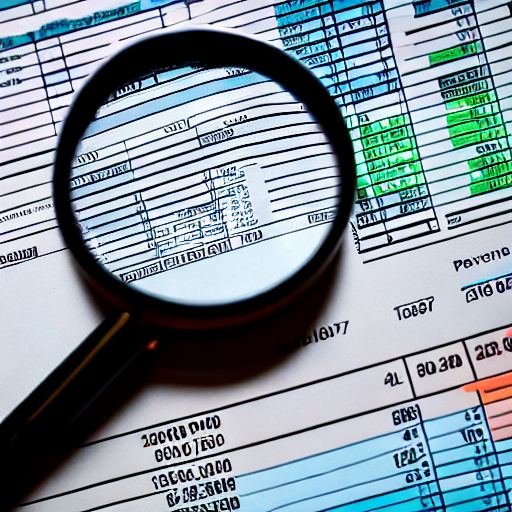The Role of Profitability Analysis in Decision-Making
Hey, let's cut to the chase. You're here because you're curious about profitability analysis and its role in decision-making, right? Well, buckle up, because we're about to dive deep into it.
First things first, what is profitability analysis? It's the process of identifying how profitable your business operations are. It's about looking at your revenue, your costs, and your margins. It's about understanding where your money is coming from and where it's going. And let me tell you, it's not just about numbers. It's about the story those numbers tell.
Now, why is this important? Because without understanding your profitability, you're flying blind. You're making decisions based on gut feelings, not hard data. And that, my friend, is a recipe for disaster.
Profitability analysis informs business decisions in a big way. It helps you identify your most profitable products or services. It helps you pinpoint inefficiencies and areas where you can cut costs. It helps you forecast future profitability and make strategic decisions about growth and investment.
But here's the thing: profitability analysis isn't a one-time thing. It's not something you do once and then forget about. It's an ongoing process. It's something you need to be doing regularly, as part of your routine business operations.
Why? Because the business world is constantly changing. Market conditions change. Customer preferences change. Technologies change. And your business needs to adapt to these changes. Profitability analysis is one of the tools that can help you do that.
So, how do you do profitability analysis? There are many ways, but one of the most common is to use financial ratios. These are mathematical calculations that help you compare different aspects of your business. For example, the profit margin ratio tells you how much profit you're making for each dollar of sales. The return on assets ratio tells you how efficiently you're using your assets to generate profit.
But remember, these ratios are just tools. They're not the be-all and end-all. They're just one piece of the puzzle. You also need to consider other factors, like market trends, competitive analysis, and customer feedback.
In conclusion, profitability analysis is a crucial part of decision-making. It helps you understand your business better, make more informed decisions, and ultimately, drive growth. So, if you're not already doing it, start now. You'll thank me later.
Case Studies: Profitability Analysis Driving Growth
Hey, you want to know the secret sauce to business growth? It's not just about hustling and grinding, it's about understanding your numbers. And I'm not just talking about your sales figures or your revenue. I'm talking about profitability analysis. This is the game-changer, my friends. Let's dive into some real-life case studies to illustrate this.
First up, let's talk about a small ecommerce business that was struggling to keep up with their competition. They were hustling, they were grinding, but their growth was stagnant. They decided to take a deep dive into their profitability analysis and what they found was eye-opening. They were spending a huge chunk of their budget on marketing channels that were not bringing in profitable customers. By reallocating their budget to more profitable channels, they were able to drive significant growth and increase their bottom line. That's the power of profitability analysis.
Next, let's look at a SaaS company that was facing a high customer churn rate. They were losing customers left and right and couldn't figure out why. After conducting a profitability analysis, they discovered that their most profitable customers were those who used a specific feature of their software. By focusing their marketing and customer success efforts on promoting this feature, they were able to reduce churn and increase profitability. Again, profitability analysis to the rescue.
Finally, let's talk about a manufacturing company that was struggling with high production costs. They were barely breaking even and growth seemed like a distant dream. After a detailed profitability analysis, they found that a particular product line was dragging down their profitability. By discontinuing this product line and focusing on their more profitable products, they were able to turn their business around and achieve steady growth.
These are just a few examples of how profitability analysis can drive growth. It's not about working harder, it's about working smarter. It's about understanding where your profits are coming from and doubling down on those areas. So, stop hustling blindly and start analyzing your profitability. Trust me, your bottom line will thank you.







